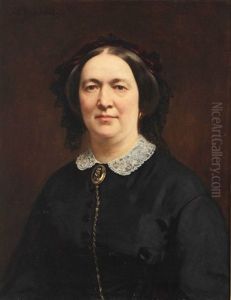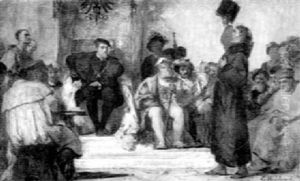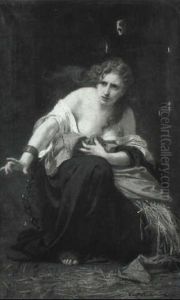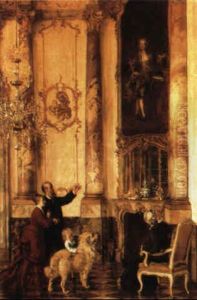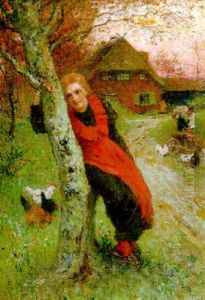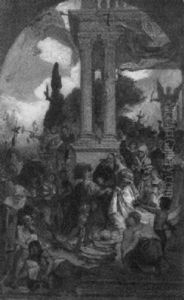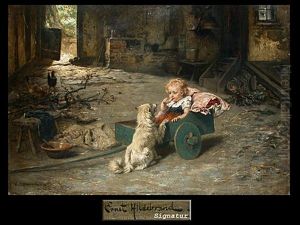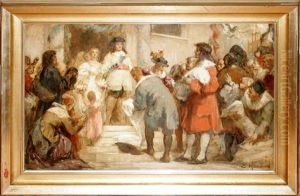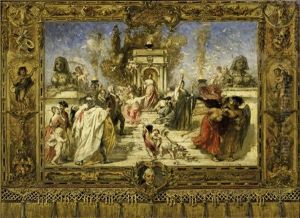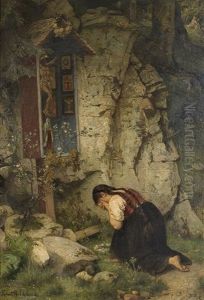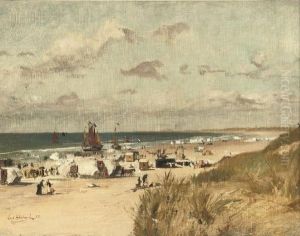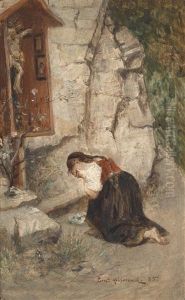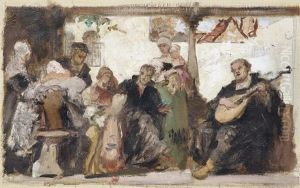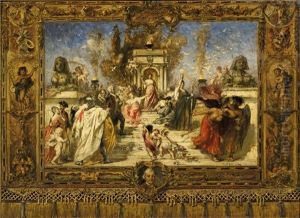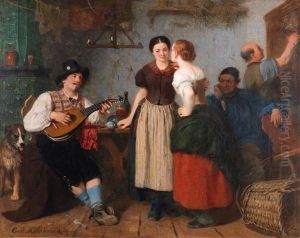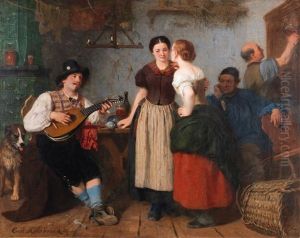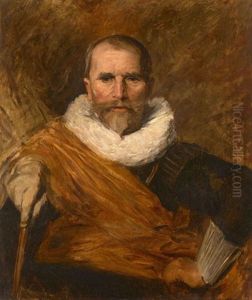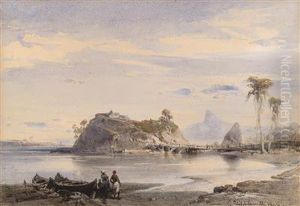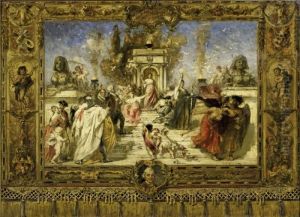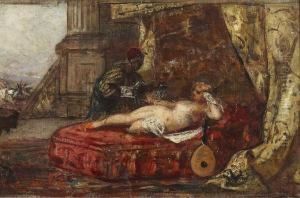Ernst Hildebrand Paintings
Ernst Hildebrand was a Swedish artist born on February 20, 1833, in Jönköping, Sweden. He was primarily known for his work as a painter and professor, and he played a significant role in the art scene of Sweden during his lifetime. Hildebrand initially studied at the Royal Swedish Academy of Arts in Stockholm, where he honed his skills in drawing and painting, and was influenced by the academic tradition of the time.
After his studies in Stockholm, Hildebrand traveled extensively, which was a common practice for artists of his era. His travels took him to countries such as France and Italy, where he was exposed to different artistic styles and techniques. He was particularly influenced by the plein air painting method, which involves painting outdoors to capture the natural light and atmosphere. This exposure helped him develop a more nuanced and naturalistic approach to his art.
Hildebrand became noted for his genre scenes, landscapes, and portraits. His work is characterized by a sensitive approach to light and an interest in capturing the mood and character of his subjects. During his career, Hildebrand also served as a professor at the Royal Swedish Academy of Arts, where he influenced a generation of young Swedish artists. His teaching and mentorship helped shape the course of Swedish art in the late 19th and early 20th centuries.
Throughout his life, Hildebrand received recognition for his contributions to Swedish art. He was awarded medals for his work, including at international exhibitions. His paintings were collected by institutions and private collectors alike, and many of them can still be found in museums across Sweden.
Ernst Hildebrand passed away on October 26, 1924, in Stockholm. His legacy lives on through his artworks and the impact he had on his students and the Swedish art community. Hildebrand remains an important figure in the history of Swedish art, and his paintings continue to be appreciated for their technical skill and emotional depth.
